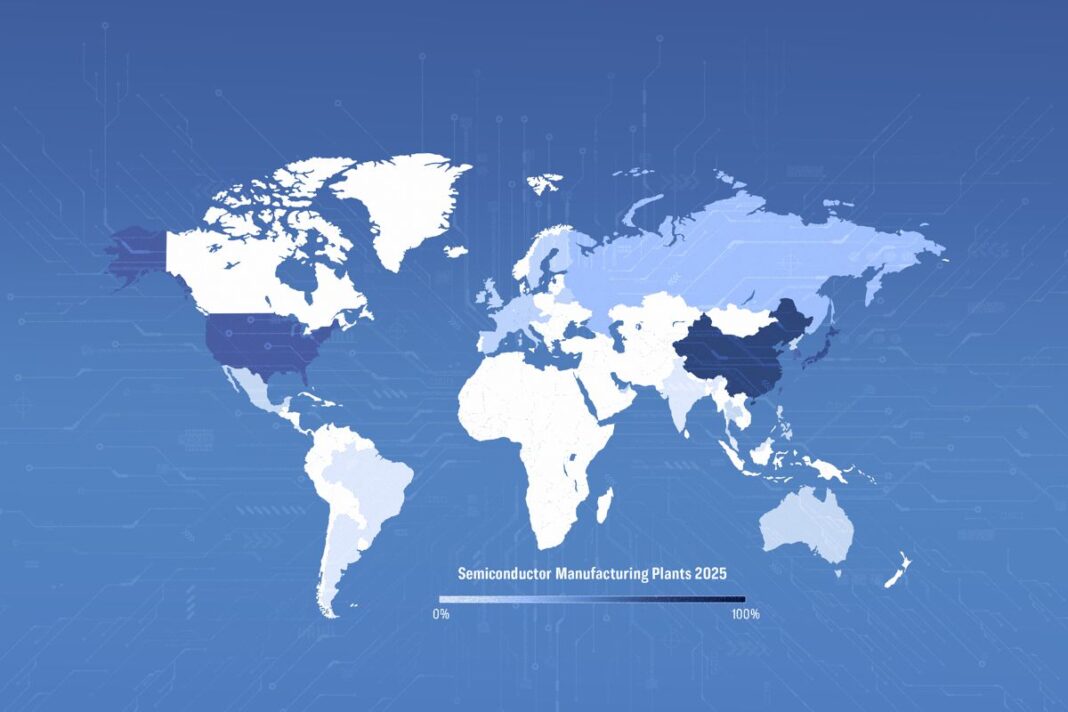Start-stop systems exploded under Obama-era rules offering emissions credits, but officials are now signaling a course reversal.
The Trump administration is taking aim at automatic engine start-stop systems—technology installed in millions of U.S. vehicles to reduce fuel use and emissions—with Environmental Protection Agency (EPA) Administrator Lee Zeldin signaling plans to roll back incentives for the feature that he says drivers despise.
“Start/stop technology: where your car dies at every red light so companies get a climate participation trophy,” Zeldin wrote in a May 12 post on social media. “EPA approved it, and everyone hates it, so we’re fixing it.”
Zeldin’s announcement comes amid a broader shift under President Donald Trump, whose administration has moved aggressively to dismantle a range of environmental rules it says put pointless burdens on energy producers, manufacturers, and consumers.
While the EPA doesn’t require start-stop systems, it has granted automakers fuel economy credits for adopting the technology. Zeldin’s post suggests the agency may eliminate or revise those incentives, though officials have yet to announce formal policy changes.
The EPA declined to provide details of any plans to revise or eliminate existing incentives in response to an inquiry from The Epoch Times.
Start-stop systems are designed to automatically shut off a vehicle’s engine when it stops—at a red light, for example—and restart it when the driver releases the brake. Proponents say the technology helps reduce emissions and saves drivers money at the pump by improving fuel economy. Critics say that it’s annoying, unnecessary, and sometimes difficult to disable. In most vehicles, drivers must press a button to turn the feature off each time they start the car.
The feature became increasingly common under fuel efficiency rules implemented during the Obama administration, expanding from fewer than 1 percent of new vehicles in 2012 to about 45 percent in model year 2021, according to EPA data. The agency notes on its website that start-stop systems can improve fuel economy by up to 5 percent, with the biggest benefits under stop-and-go city driving.
An Obama-era regulatory impact analysis from 2012 estimated that start-stop systems can reduce carbon dioxide emissions by 1.8 percent to 2.4 percent, depending on vehicle type and size, compared with baseline models. The systems have helped cut nearly 10 million tons of greenhouse gas emissions per year, according to The Battery Council International.
By Tom Ozimek







